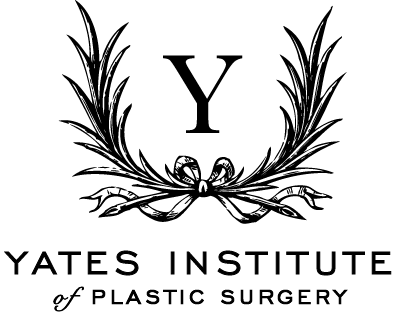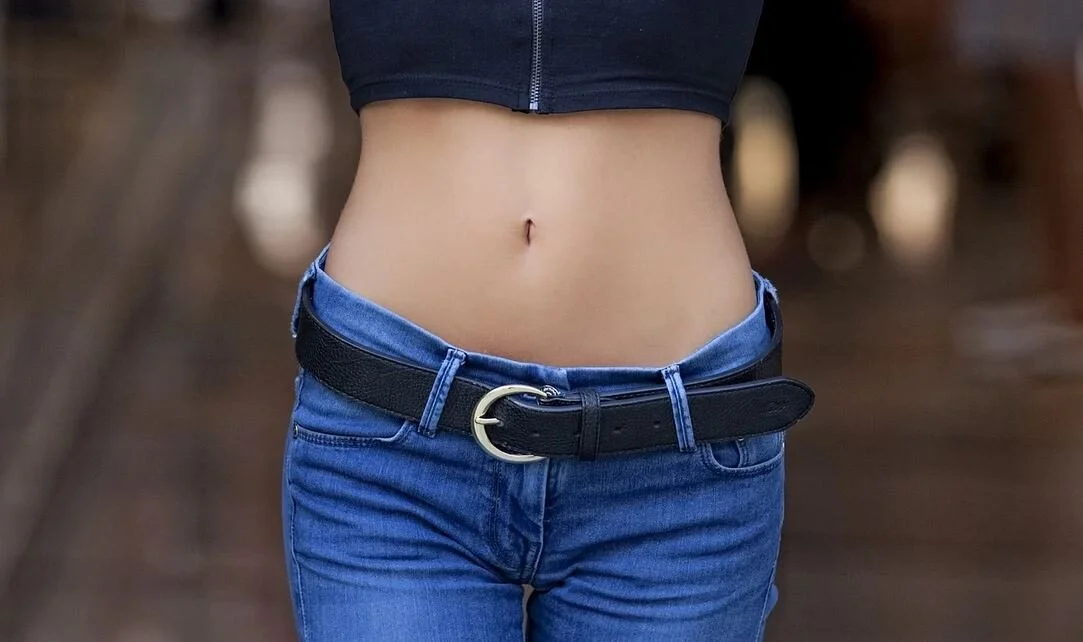Tummy Tuck Recovery Dos and Don’ts
The recovery after the tummy tuck is one of the most important stages of the procedure. The patient can only achieve great results and avoid complications if a set of post-operative rules are followed to the letter. It’s essential for the tummy tuck patient to follow the plastic surgeon's recommendations as the whole recovery process can make a real difference in the results achieved and keep risks at bay.
The tummy tuck is a complex plastic surgery intervention that aims to eliminate the excess of skin and fat tissue from the level of the tummy while also strengthen loose abdominal muscles to get a firm and flat tummy—resuming normal activities after such a complex intervention should be done with care and attention. Let’s see together what are some tummy tuck recovery dos and don’ts and also how is the recovery after the abdominoplasty.
Tummy tuck recovery
The recovery after the abdominoplasty intervention is a lengthy process. There are several factors that can influence the healing process and recovery, such as:
The age and health condition of the patient
The patient’s weight
The patient’s emotional condition
Underlying health issues
The type of abdominoplasty that was performed.
Stages of the tummy tuck recovery
Immediately after the surgery is performed, the tummy is swollen and bruised, and the patient needs to wear a compressive corset. Sometimes drain tubes are inserted to help eliminate the excess blood and fluid from the surgical area. Pain medication is administered, as well as antibiotics, to prevent a potential infection.
The patient can be released from the medical facility where the abdominoplasty was performed within 24 to 48 hours if no complications occur. However, the recovery process is not complete, and it continues at home.
After getting home, the patient should get plenty of rest for the first few days. Getting off the bed for a short walk around the room is also recommended as soon as the patient returns home. Pain medication and antibiotics should be taken as per the doctor’s orders, and there are other recommendations important for the recovery process.
Tummy tuck recovery dos:
Choose a diet rich in fibers to avoid constipation
One of the issues that could occur after any type of surgery is constipation. While this is usually just uncomfortable, but not a serious issue, after the tummy tuck surgery, it could be quite an issue. Constipation can lead to excessive contracture of the tummy muscles, and this is the kind of unnecessary pressure on the muscles that we are trying to avoid for a few weeks until the incisions heal. This is the reason why it’s important to avoid bloating, as well as constipation choosing a diet rich in fibers, and drinking enough fluids such as herbal infusions, water, and fresh fruit and vegetable juices.
Sleep with your knees bent
Laying down in bed perfectly flat could be more than uncomfortable for a patient who just had a tummy tuck. It could pull on the incisions and even cause the rupture of the sutures. This is why patients should sleep with their knees slightly bent during the first weeks post-op. Also, you could elevate your upper part of the body with multiple pillows for more comfort and to avoid pressure on the surgical wounds.
Wear the special post-op corset
The special compressive corset is recommended for patients undergoing an abdominoplasty because it can help reduce swelling and minimize bruising, and it can also eliminate some of the discomforts. The results of the procedures are refined when wearing the corset, and the incisions are better protected.
Walk regularly
Walking is recommended as soon as the patient recovers from the effects of the general anesthesia used for this type of procedure. With each day, the patient should walk for a few more minutes. You can start with a few steps around the bed or the room and then the house, and eventually, you can venture out of the house for a short walk. Walking helps reduce the swelling that naturally occurs after the tummy tuck surgery and can also help you prevent getting a blood clot.
Tummy tuck recovery don’ts:
Don’t walk with your back straight
The incisions performed during the tummy tuck surgery might go as long as from one hip bone to the other. After the skin excess was eliminated, the patient might feel like the skin is too tight on the tummy. To avoid unnecessary pressure on the incisions, the plastic surgeon will advise you to avoid walking with your back too straight for a week or two after the procedure, until the incisions start healing.
Don’t laugh too intensively, cough, or sneeze
It might sound like a bit of funny advice, but laughing too hard too soon after the tummy tuck surgery can actually rupture the incisions or cause more discomfort. It’s important to avoid any kind of excessive pressure on the tummy, so coughing and even sneezing should be avoided for the first few weeks post-op.
Don’t take hot baths
Dipping in a tub full of hot water and bubbles might seem relaxing and just what you need after the surgery, but it’s actually not recommended to get into hot water. Before anything else, you need to protect the incisions, so choose a shower instead. More than this, hot water can promote infections or bleeding, so it’s better to settle for just warm water in the beginning.
Don’t go to the gym
Strenuous physical activities need to be avoided for a minimum of six to eight weeks after the tummy tuck surgery. Even if you feel up to the job, lifting weights can lead to the rupture of the incisions and even pain and discomfort later on.
Final words
The tummy tuck surgery is one of the most complex interventions that can remodel the shape of your midline on many levels. The procedure addresses the condition of the abdominal muscles and also skin sagginess at the level of the tummy. There are certain recommendations to be followed to the letter after the tummy tuck surgery is performed to ensure getting the best results possible and avoiding potential complications.
You can schedule a consultation with Dr. Essie Yates, our board-certified plastic surgeon, to discuss the details of the tummy tuck intervention and also the dos and don’ts of the tummy tuck recovery period.


